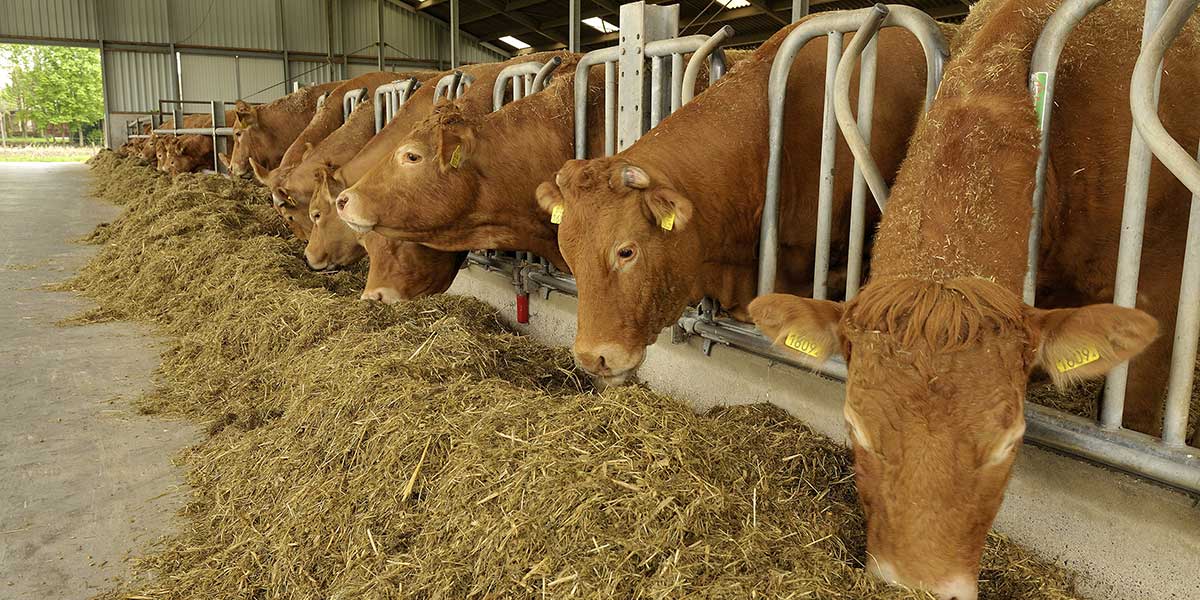Continued from Part 1
Symbolic and Decorative Animals
The more I looked, the more I saw. Countless times I saw it in Christian religious art, where the four Gospel writers—Matthew, Mark, Luke, and John—are typically depicted, respectively, as a divine man, a winged lion, a winged ox, and an eagle. Clustered on the roof of the Croatian National State Archives building in Zagreb I noticed a parliament of Croatian owls, symbols of wisdom. And in Florence I met Il Porcellino (“the Piglet”), Baroque master Pietro Tacca’s popular boar fountain, sculpted in 1634 and situated now in the city’s Mercato Nuovo. Visitors traditionally put a coin into the boar’s jaws for good luck and then rub its snout to ensure a return to Florence. As a result, the snout always has a polished sheen, while the rest of its body remains a patinated brownish-green. (Of course, I rubbed its snout like there was no tomorrow!)
Dogs
Regarded as the oldest Catholic cathedral in the world that remains in use in its original structure, the Cathedral of Saint Domnius in Split, Croatia, was originally the mausoleum of the 4th-century Roman emperor Diocletian. In the cupola of the structure I noticed that the cornice circling overhead features a relief of a hunting scene—in three dimensions—that reminded me of the mosaic hunting scene shown at the beginning of this article.
In Florence’s museums as well, domesticated pet dogs played “bit parts” in some of the most striking paintings on display. Benvenuto Cellini’s small oval medal in cast bronze depicting a Saluki greyhound dog foreshadowed yet greater works to come by that artist. But most charming of all, I thought, was Luigi Pampaloni’s 19th-century plaster cast of a boy playing with his dog, seen in the Gipsotica Bartolini section of the Galleria dell’Accademia.
Cats
Not to be outdone by their canine brethren, felines of all varieties are also to be found in abundance all over Europe. The majestic lion especially was much in evidence.
Yet the common house cat also makes its way into all varieties of painterly scenes. Mysterious and aloof (as cats often appear), they are rarely the main subject of the painting, but rather a subtle side note in the arrangement of figures: they do not make a fuss about themselves, but go about their business unconcerned with the ways of gods and men:
- In Domenico Ghirlandaio’s fresco of The Last Supper, painted in 1486 for the Cenacolo di San Marco in Milan, a cat waiting patiently for a hoped-for scrap of food from Jesus or one of the Apostles lends a touch of intimacy and domesticity to the painting.
- In Tintoretto’s late-Renaissance masterpiece Leda and the Swan, the painter brings the disturbing myth down to earth—with a cat. While a puppy dog by Leda’s foot seems to be yapping at the sight of a giant swan in her bedroom, the cat ignores the disturbance entirely, eyeing instead a caged duck (perhaps in hopes of making it his next meal).
- Giuseppe Maria Crespi’s charming and lively self-portrait, The Painter’s Family (1708), focuses on the artist’s wife and children; while the family cat, off in the lower-left corner, seems to be focusing on something outside the frame of the picture. A mouse, perhaps?
- According to Leonardo da Vinci, “Even the smallest feline is a masterpiece.” Given the artist’s numerous depictions of cats in his works, one can assume that this great Renaissance man was rather fond of the creatures. His sketch studies of a boy playing with a cat seem to bear that out.
Finally, gorged with art until my eyes hurt, one day while exploring the narrow, labyrinthine alleyways of Diocletian’s Palace in Split, Croatia, I happened upon these two adorable street cats napping atop a marble block, sculpted centuries ago by some anonymous stone carver. And I was not the only one who noticed them! A crowd of tourists from every corner of the globe, all speaking mutually unintelligible languages, were politely taking turns photographing them—and, presumably, posting them immediately on Instagram and other social media (I certainly did!) for all the world to enjoy.
I was struck by the spirit of camaraderie among that group, as if we were all equal recipients of a small but precious gift bequeathed to us by chance. If a crowd of people from such diverse backgrounds can so easily find common ground over something so beautifully simple and appealing as two cats cuddled together, napping in a public square, surely there is hope for this world.
Happy Thanksgiving!







